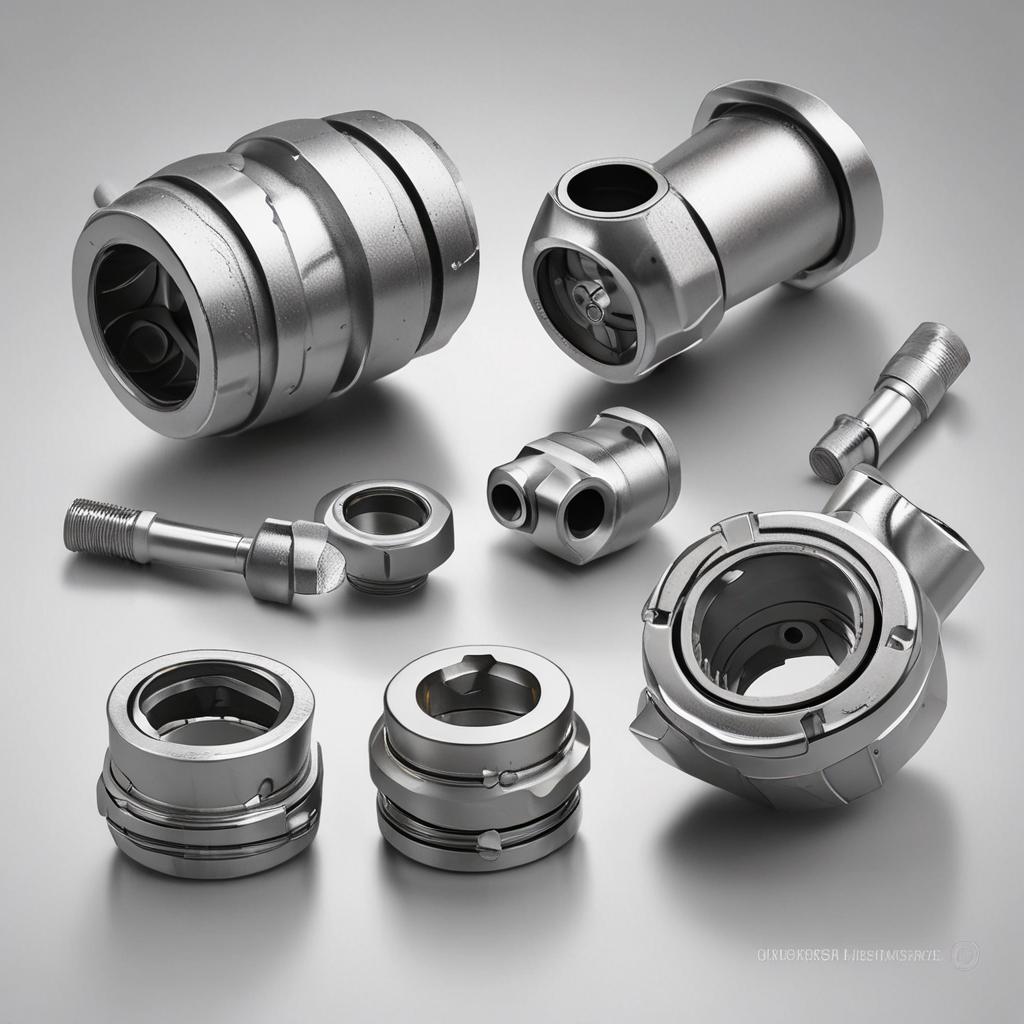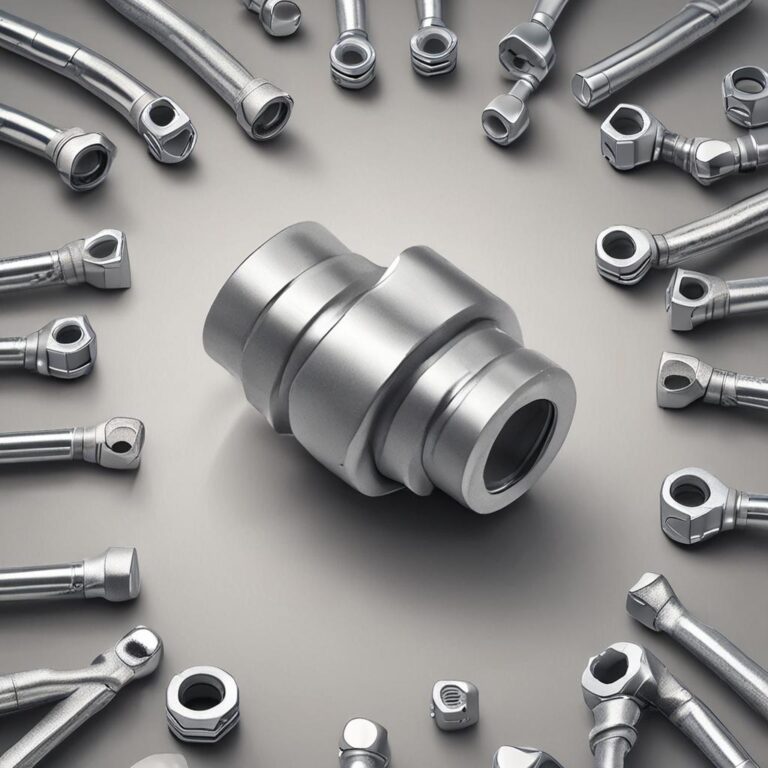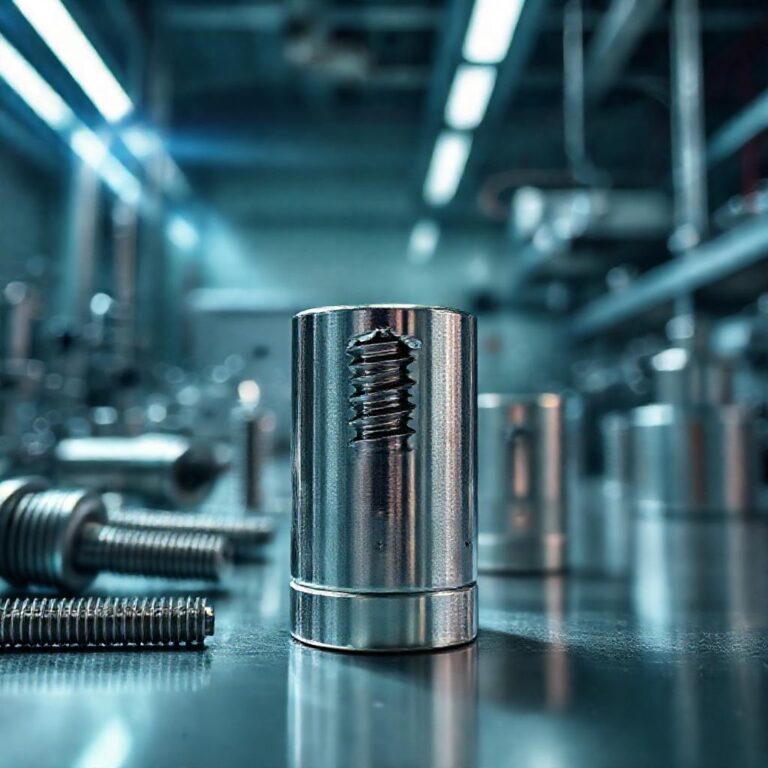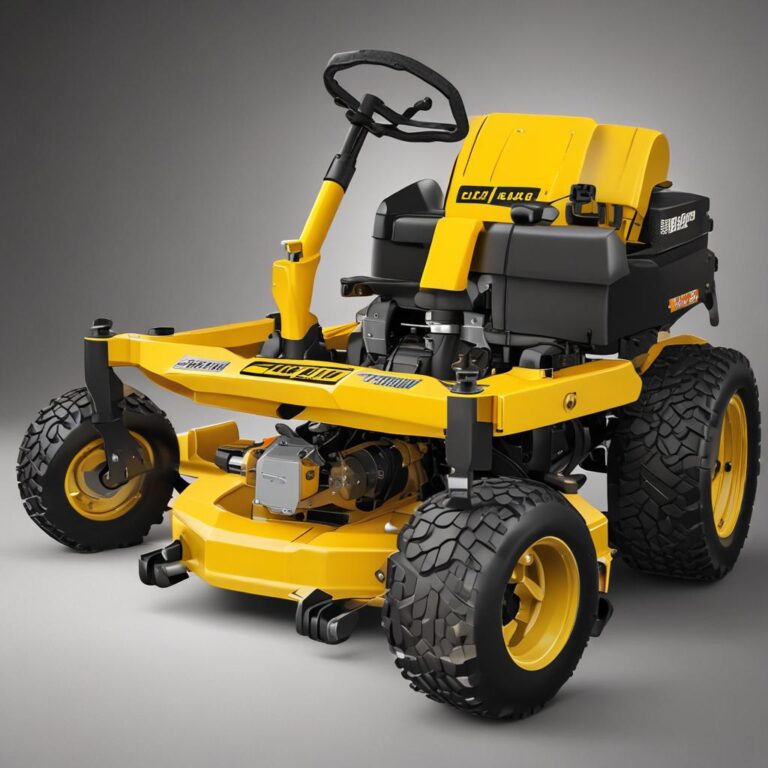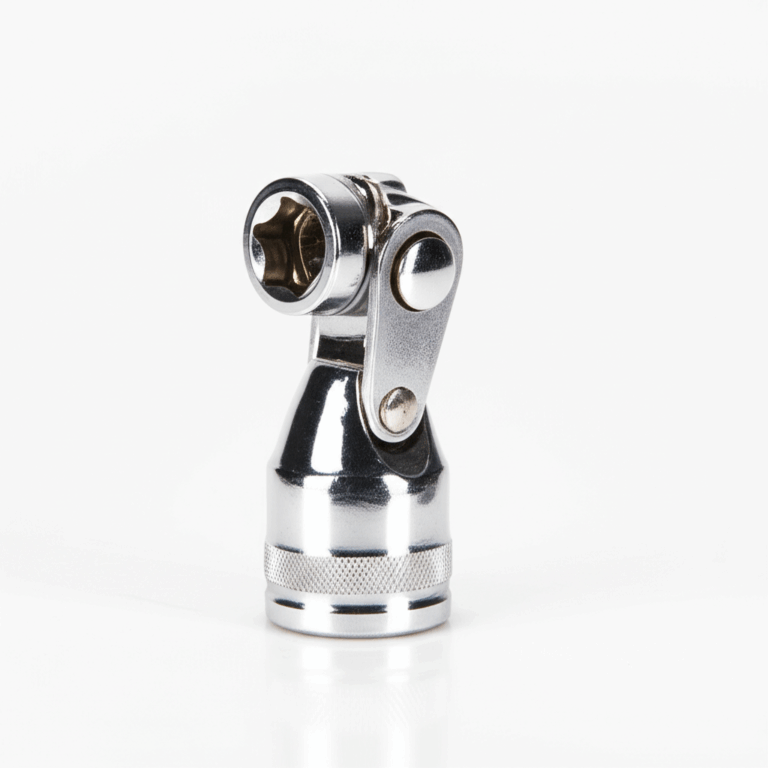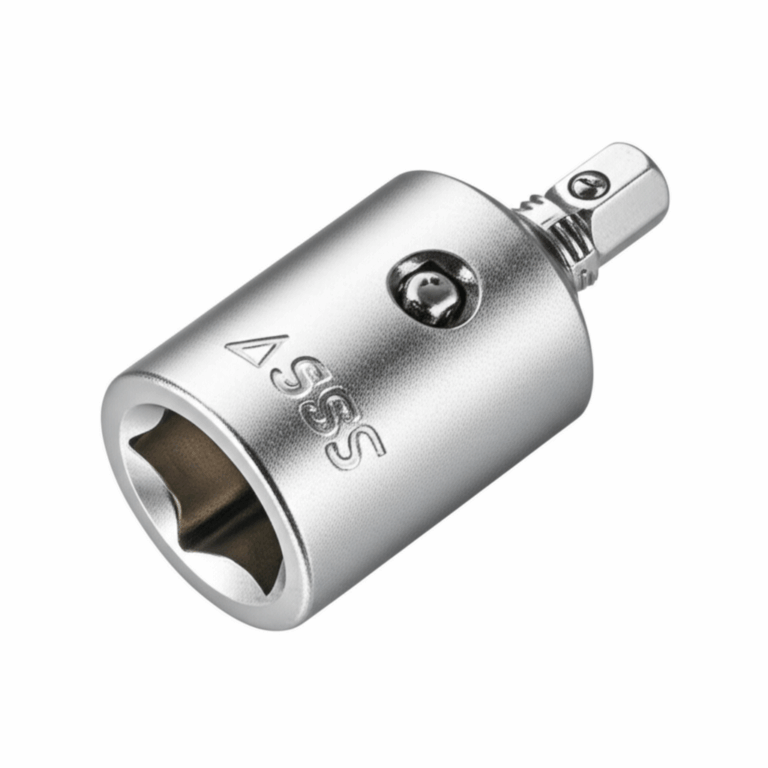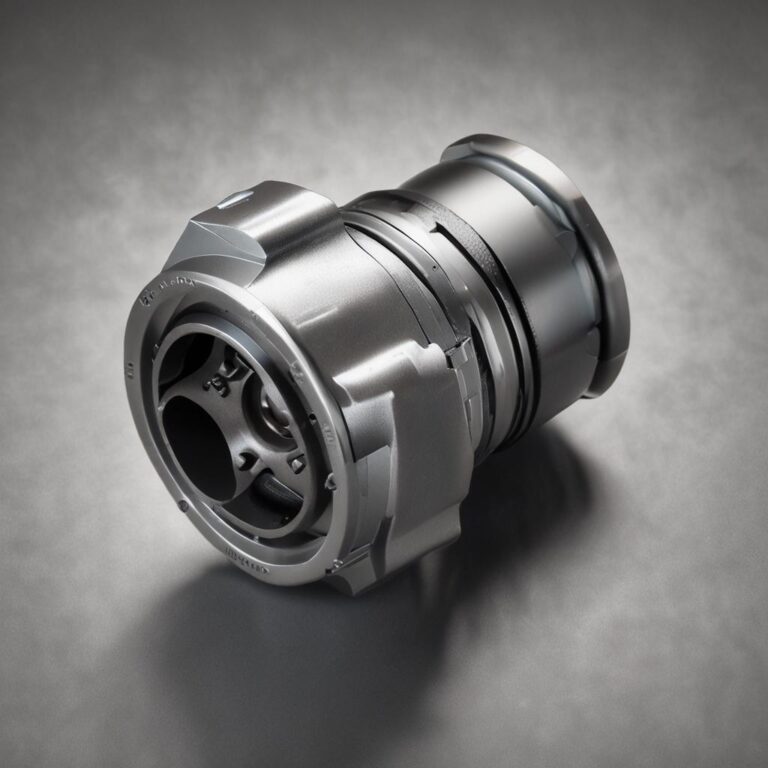Universal Joint for Socket Wrench
Every mechanic, DIY enthusiast, or professional technician knows the struggle of reaching tight or awkward spaces with a socket wrench. A universal joint (U-joint) is the unsung hero that makes these tasks possible, allowing you to apply torque at challenging angles without straining yourself or your tools. Whether you’re working under a car, in a cramped industrial machine, or on a hard-to-reach bolt, the right U-joint can transform a frustrating job into a seamless one. Choosing the best U-joint for your socket wrench isn’t just about convenience—it’s about efficiency, durability, and getting the job done right.
What is a Universal Joint for Socket Wrenches?
Definition and Functionality
A universal joint, or U-joint, is a mechanical coupling that transmits rotational motion between two shafts at varying angles. It consists of a cross-shaped component (the cross) connected to two yokes, which attach to the socket wrench and the drive head. Bearings inside the joints allow smooth rotation, while seals keep grease in and contaminants out. This design enables socket wrenches to reach bolts and nuts in confined spaces where a straight wrench would fail.
Types of Universal Joints Used in Socket Wrenches
Not all U-joints are created equal. Here are the most common types:
- Standard Universal Joints: The most widely used type, designed for general applications. They offer a balanced mix of flexibility and durability, making them ideal for everyday repairs.
How to Choose the Right Universal Joint for Your Socket Wrench
Factors to Consider
Selecting the right U-joint depends on several factors:
- Material and Durability: Steel U-joints are robust but may rust, while chrome-plated versions resist corrosion. Composite materials are lightweight but less durable.
Common Applications
Universal joints are essential in various fields, including:
- Automotive repairs (engine, suspension, and transmission work)
How to Install and Maintain a Universal Joint in a Socket Wrench
Installation Guide
Installing a U-joint is straightforward:
Key Features
360-Degree Rotation
Allows full rotation for access in tight spaces
Available
High-Torque Capacity
Designed for heavy-duty applications and durability
Available
Corrosion-Resistant Coating
Protects against rust and wear in harsh environments
Available
Quick-Release Mechanism
Enables fast socket changes without tools
Available
Universal Compatibility
Fits standard 1/2-inch and 3/8-inch drive sockets
Limited
Feature overview for Universal Joint for Socket Wrench
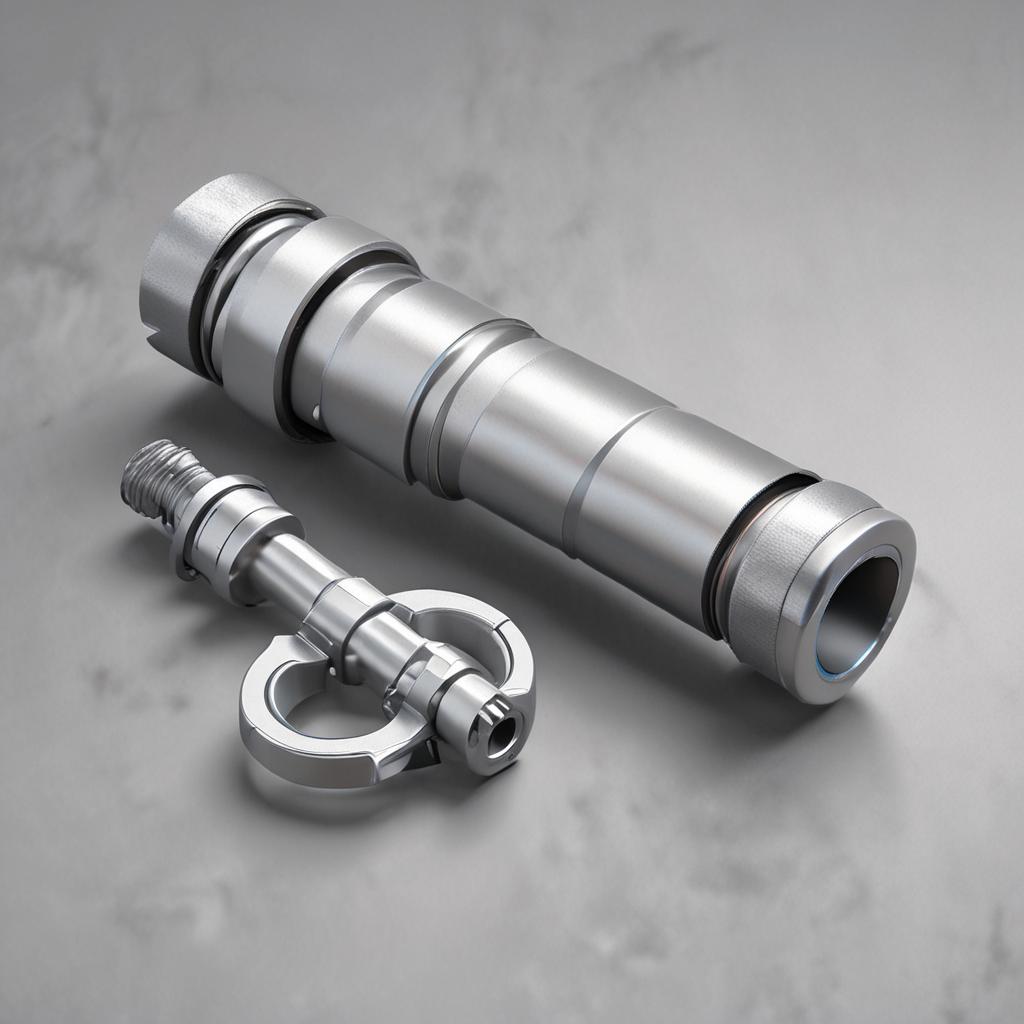
- Align the U-joint’s yokes with the socket wrench and drive head.
Maintenance Tips
To extend your U-joint’s lifespan:
- Lubricate regularly with grease to reduce friction.
Benefits of Using a Universal Joint with a Socket Wrench
A high-quality U-joint offers several advantages:
- Enhanced flexibility in tight or awkward spaces.
Common Issues and Troubleshooting
Misalignment and Binding
If your U-joint binds, check for misalignment or excessive angle strain. Adjusting the angle or replacing worn parts usually resolves the issue.
Excessive Wear
Regular lubrication and inspection prevent premature wear. If the joint is overly loose or damaged, replacement is necessary.
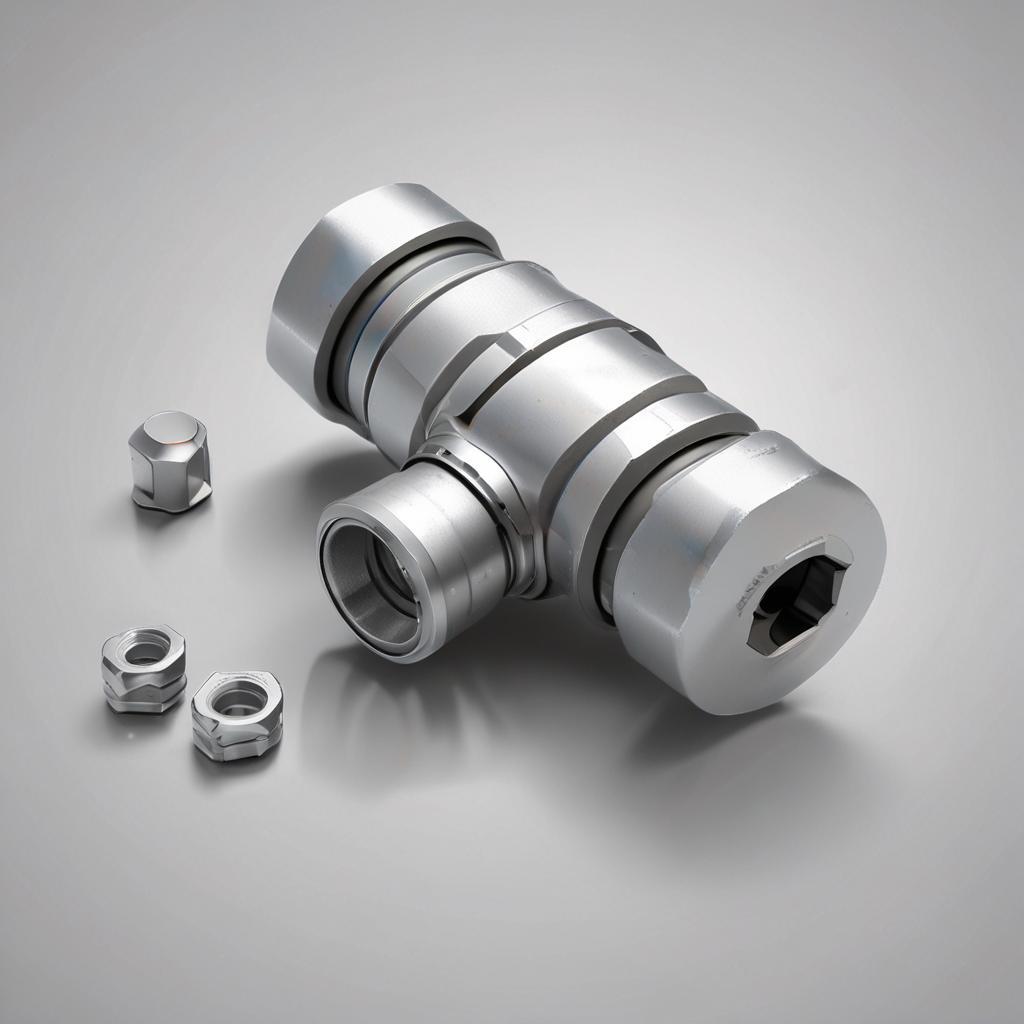
Loss of Torque
Ensure proper installation and avoid over-tightening, which can cause power loss. A well-maintained U-joint should transfer torque smoothly.
Conclusion
A universal joint is an indispensable tool for anyone working with socket wrenches. By understanding its types, selecting the right one for your needs, and maintaining it properly, you can tackle even the most challenging mechanical tasks with ease. Investing in a high-quality U-joint not only saves time but also ensures long-term reliability. Whether you’re a professional mechanic or a DIY enthusiast, the right U-joint can make all the difference in your toolkit.
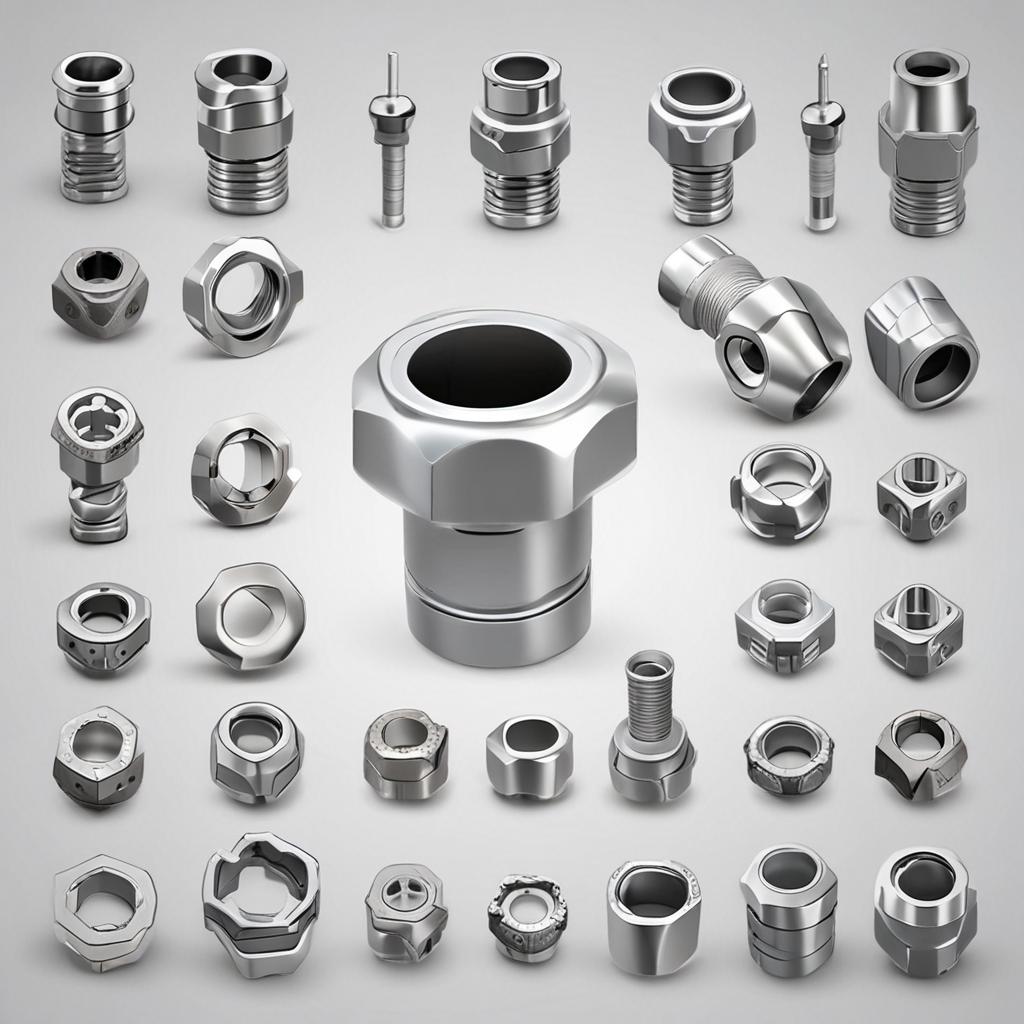
FAQs
Q1: Can a universal joint be used with any socket wrench?
Answer: Not all U-joints are compatible—ensure the size matches the drive size (1/4″, 3/8″, 1/2″, etc.).
Q2: How often should I lubricate a universal joint?
Answer: Depending on usage, grease every 3-6 months or as needed to prevent friction.
Q3: Can a damaged U-joint be repaired, or should it be replaced?
Answer: Minor wear can sometimes be fixed, but severe damage typically requires replacement.
Q4: Are there different grades of U-joints for professional vs. DIY use?
Answer: Yes, professional-grade U-joints are often more durable and designed for heavy-duty tasks.
Q5: What is the maximum angle a universal joint can handle?
Answer: Most U-joints work best between 15° and 45°; exceeding this can cause binding or reduced efficiency.

